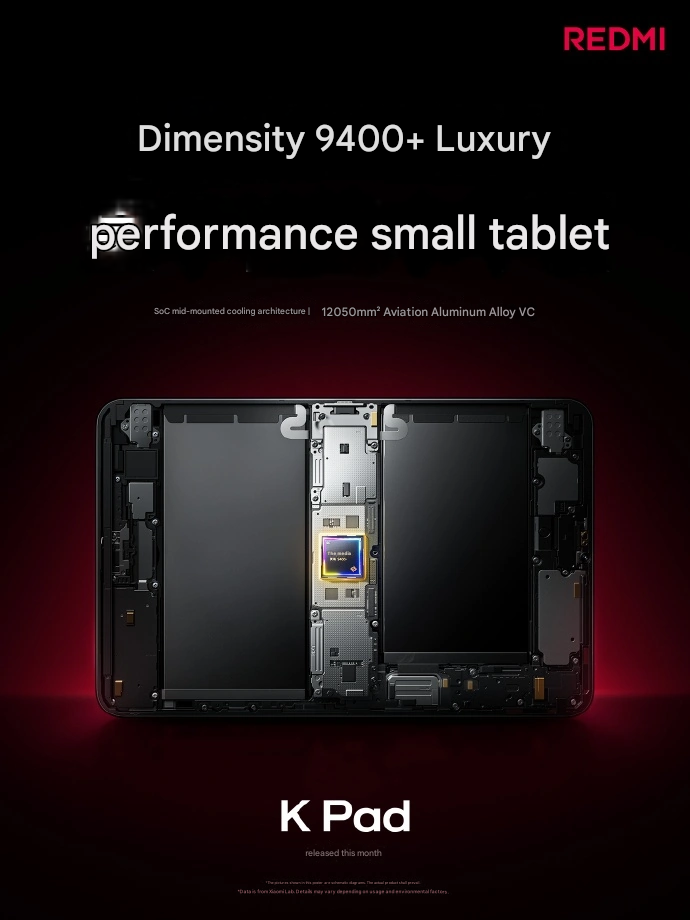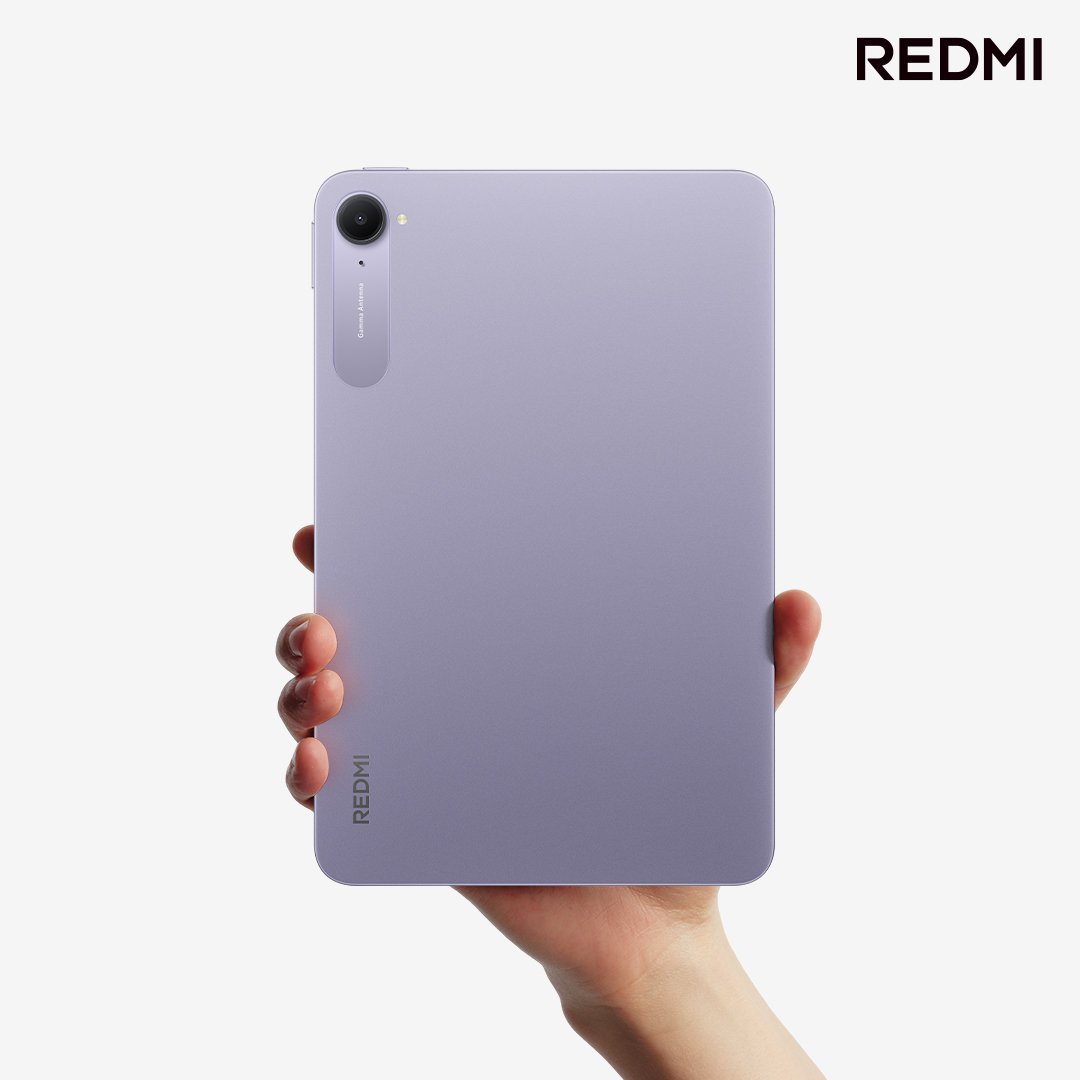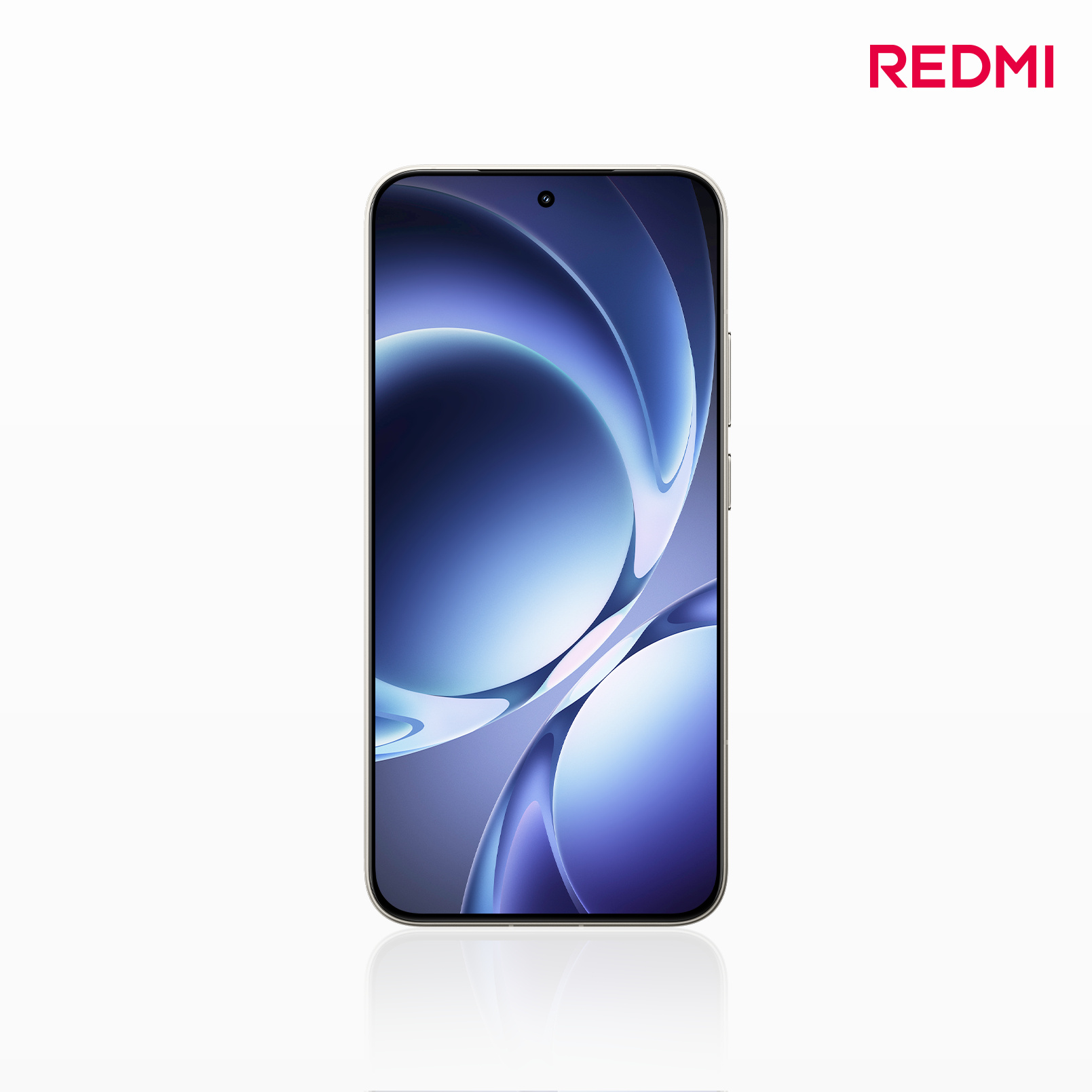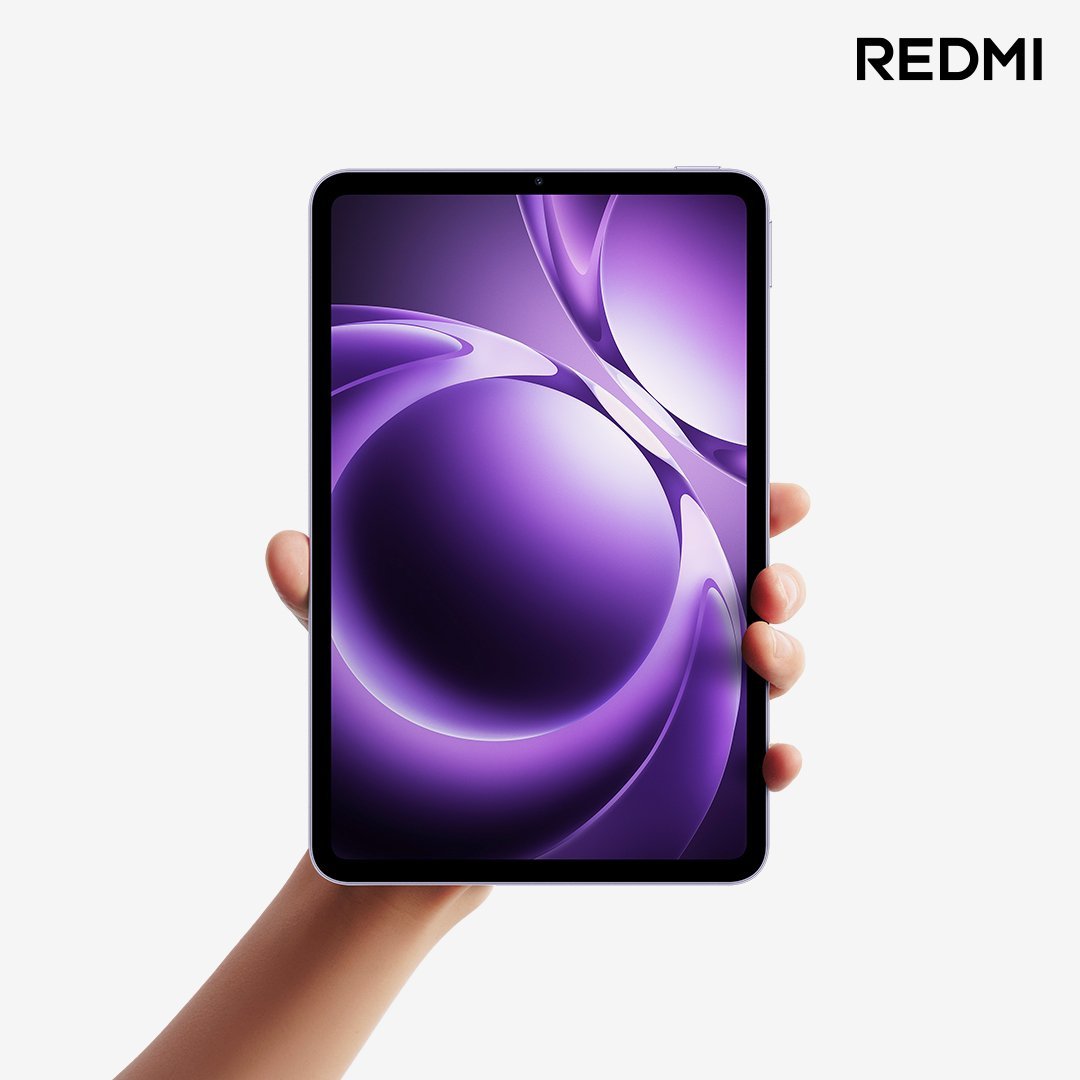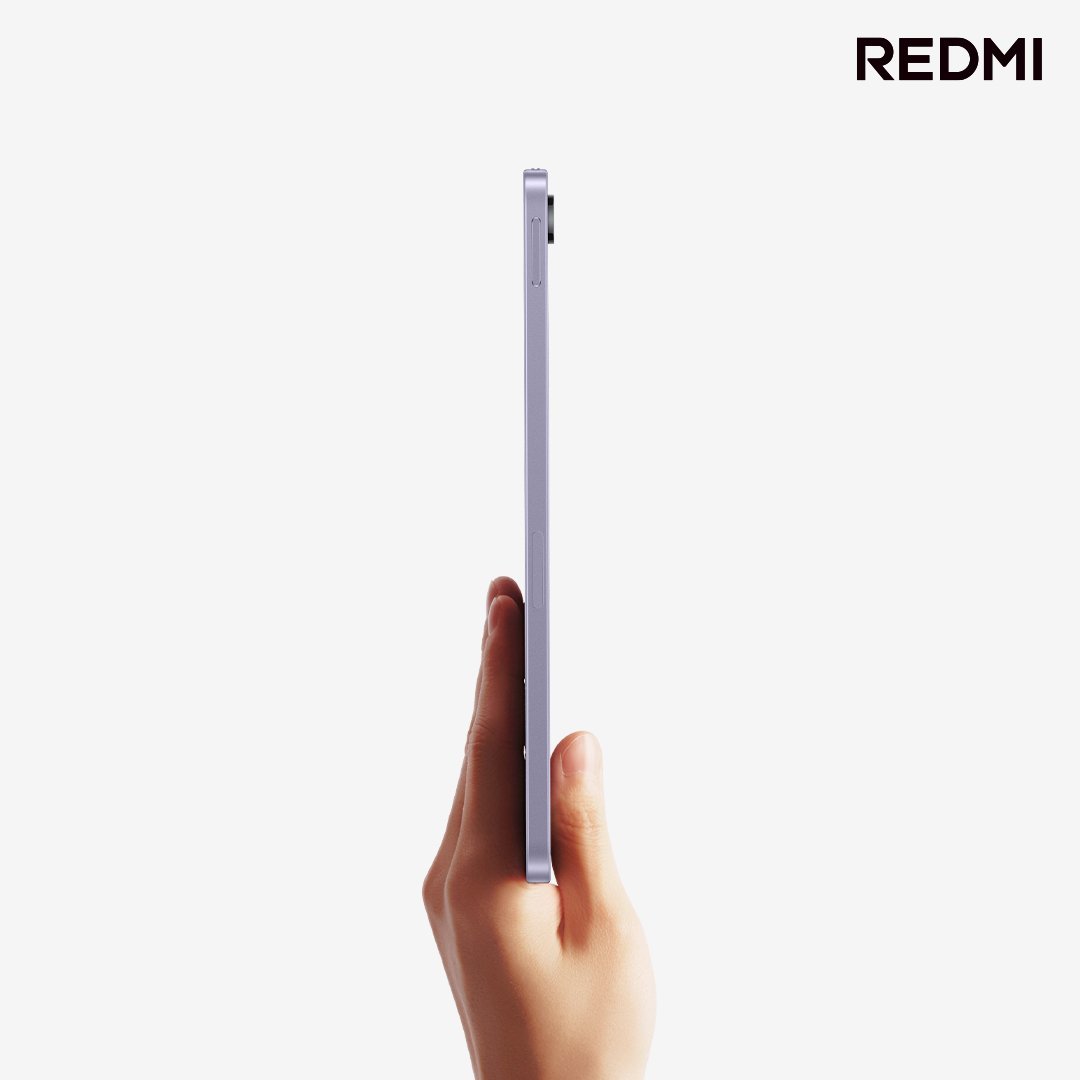REDMI is gearing up to introduce its new K Pad tablet, targeting the premium compact segment with a strong focus on performance and design. The company is equipping the device with the latest Dimensity 9400+ chipset, positioning the K Pad to compete aggressively in the high-performance tablet market. With an 8.8-inch display and an emphasis on both productivity and entertainment, REDMI is clearly pushing to expand its influence in portable computing.
Advanced Display Tewhnology
The K Pad features an 8.8-inch 3K LCD display with a pixel density of 403ppi—well above industry norms. This translates to sharper visuals and more detailed content, whether users are working, reading, or streaming media.
One of the standout aspects here is the 165Hz refresh rate. This high refresh rate ensures fluid on-screen motion, making the device suitable not only for professional tasks but also for gaming and multimedia experiences.
Innovative Color Calibration
REDMI has introduced multi-brightness primary color screen calibration technology on the K Pad, ensuring accurate color reproduction in a variety of lighting conditions. This advancement is indicative of REDMI’s commitment to delivering a premium visual experience and positions the K Pad as a leader in LCD screen innovation within its category.
Flagship Performance and Cooling
At the heart of the device lies the 2025 Dimensity 9400+ chipset. This processor is designed for multitasking and demanding applications, providing the horsepower needed for both work and play.
To maintain optimal performance, REDMI has implemented a large-scale aluminum alloy liquid cooling system (measuring 12050mm²) and a centrally located chip for improved heat distribution. The company claims a 75% improvement in heat dissipation compared to previous models, which should ensure consistent performance during extended use.
Ergonomic and Practical Design
The K Pad’s 5:5 weight distribution is engineered to enhance comfort during long sessions, whether for gaming, content creation, or productivity tasks. This balanced design approach is particularly relevant for users who require a device that can handle both professional and entertainment needs without causing fatigue.

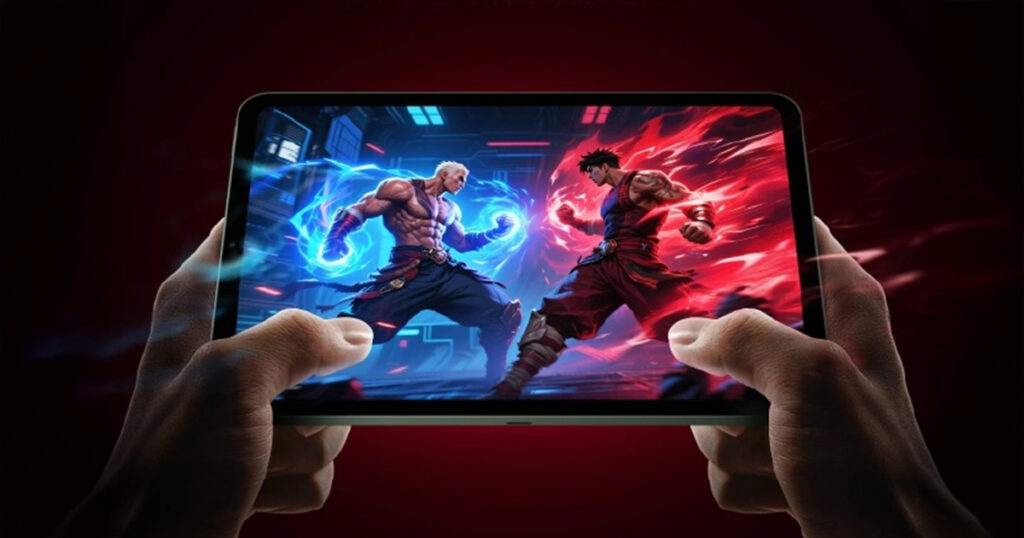
 Emir Bardakçı
Emir Bardakçı